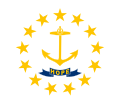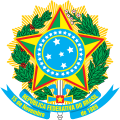
A circle of stars often represents unity, solidarity and harmony in flags, [1] seals [2] and signs, and is also seen in iconographic motifs related to the Woman of the Apocalypse as well as in Baroque allegoric art that sometimes depicts the Crown of Immortality.









































